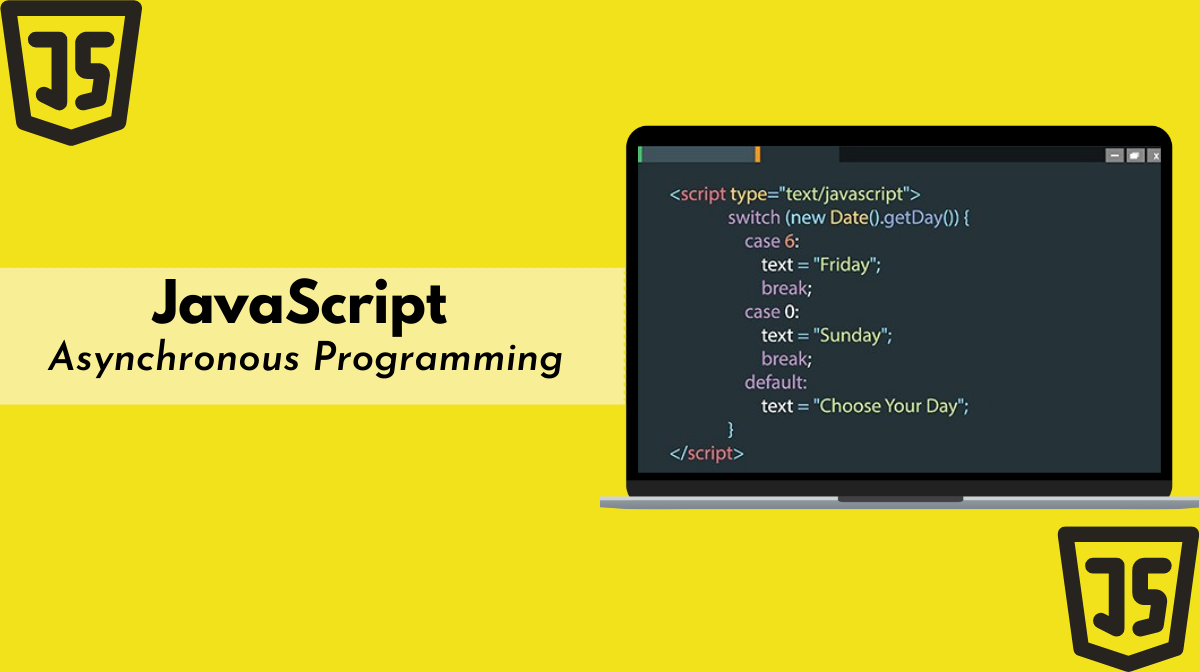Definition
In JavaScript, asynchronous programming allows for the execution of numerous processes concurrently(tasks can run in parallel) rather than sequentially. A single task can only be processed at a time by JavaScript because it is a single-threaded programming language. However, it handles asynchronous code via a mechanism known as the “event loop“, which enables it to carry out more code while running background activities.
Workflow
To understand workflow let’s compare it with synchronous programming and also try to understand both things with examples, so you will get a better understanding of synchronous and asynchronous programming.
Synchronous Programming
It follows a strict set of sequences, as it follows a process to complete the code execution. When the code runs in a synchronous program, it will follow each step of an algorithm. It does so in order and will wait for the present operation to finish before continuing on to the next. As an example, it is the same as you follow the Step By Step Tutorial to develop or perform any crud application or to implement some functionality. So in step by step process, it is very clear that you can’t skip step 2 and jump to step 3 after following step 1, you have to follow step 2 before proceeding to step 3. I hope this example makes sense to you guys.
Asynchronous Programming
Multiple processes may be launched simultaneously using asynchronous programming. Once each process has performed its task, it receives the result and proceeds with the steps. In Technical Terms, Asynchronous programming is a technique that enables your program to start a potentially long-running task and still be able to be responsive to other events while that task runs, rather than having to wait until that task has finished. Once that task has finished, your program is presented with the result.
Functions
Frontend applications frequently use asynchronous functions, which are used mostly in autonomous, high-volume IO activities. Its use benefits frontend apps since it improves an application’s flow. Asynchronous functions may be used by backend processes to handle a large number of tasks or network requests. Asynchronous programming enables the computer to perform more tasks more quickly in the backend. Numerous functions with ambiguous response times are called, and the results are processed. JavaScript provides several ways to handle asynchronous code, such as callbacks, promises, and async/await syntax. These methods allow you to run multiple tasks at the same time, making your code more efficient and responsive to user interactions.
Asynchronous programming exists in:
- Java
- JavaScript
- TypeScript
Use Cases
Making an API call is the asynchronous function’s most frequent use. Asynchronous functions request data from a website (or REST API), and when it arrives, they inject that received data back into their script because network latency and retrievals are unpredictable.
Using async functions, you can:
- Make use of an API
- impede the UX of an application
When to use
Asynchronous communication is not always the best option. Asynchronous programs make the code more complex and difficult to read. Because they believe async functions serve as a safety net to guarantee their code will perform at run-time, young programmers frequently utilize them excessively. When to utilize async functions, as a rule:
- Good for: Tasks that may take a while; high iteration.
- Bad for: Simple tasks.
Conclusion:
Simply concluding that when there will be a lot of iterations or when the activities inside the loop will be complicated, asynchronous loops are required. However, there is no need to use a complicated recursive function for straightforward operations like iterating through a small array. It is perfectly acceptable to use a straightforward for/while loop, which is both quicker and easier to comprehend.
Read Also: 5 essential Reasons to use Progressive Web App(PWA) in 2023
Further Reading
- Asynchronous Programming: Understanding The Basics And Advanced Techniques
- Async Functions – Making Promises Friendly
- Understanding of Async/Await


Leave feedback about this